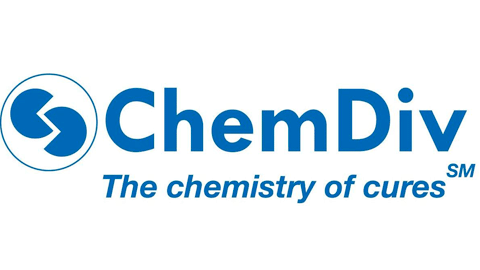What are DNA nanomachines and how can they be helpful for us?

Scientists have been dreaming for ages about robots or machines that can work directly in the human body and “fix” our organs and tissues. Finally, the first analogs of DNA nanomachines were invented about 15 years ago. Most people imagine nanorobots like real robots made of steel that can get into cells and do everything the researcher programmed. The reality is slightly another. In fact, nanomachine is a DNA molecule that is capable to change its conformation or interact with RNA molecules and then cleave it.
Why is it called a machine if it represents just a DNA molecule? The researchers who started working in assembling the first DNA nanomachines explained it very simply. Scientists were inspired by biological systems in which individual molecules act, singly and in concert, as specialized machines. The main goal of any discovery is to create new technologies to perform tasks that are currently beyond our reach. DNA nanomachines were supposed to be that instruments that can handle any task.
Historically there are 3 types of DNA nanomachines:
1) The molecular switches. The environment can affect the conformation of DNA. Double-stranded DNA can be switched from the usual right-handed helix to a left-handed conformation. So, if we change the temperature or ionic condition, we can induce the DNA changes and then apply this for achieving any goals.
2) Clocked walkers. Unlike the previous type of nanomachines, this type can be driven through more than one conformational transition and be capable of more complicated tasks, such as programmable synthesis of oligomers or directed motion along a track.
3) Molecular motors. Each motor needs fuel for its work. How to find fuel in the human cells in this case? Biological motors like myosin and kinesin can use the energy that comes from ATP hydrolyzation. So, scientists assumed that the same principle can be applied to DNA machines to make them move. It has been already reported about successful molecular motors. For example, highly integrated DNA nanomachine can be powered by endogenous ATP molecules and autonomously operated inside living cells without any auxiliary additives. It assembles all components on a single gold nanoparticle including a hairpin-locked swing arm encoding a start triggered by an intracellular target molecule and a two-stranded DNA track responding to the motion of the swing arm. When the intracellular target activates the nanomachine via the unlocking swing arm, the machine autonomously and progressively operates on the established DNA track via intramolecular toehold-mediated strand migration and internal ATP binding.
The latest discoveries concerns using DNA nanomachines in cancer. Instead of DNA molecules deoxyribozymes (DZ) are used. DZ is DNA oligonucleotides that are capable to catalyze the reaction of RNA cleavage. Now well-known gene therapy (antisense, RNAi, ribozyme/deoxyribozyme (DZ) and CRISPR/Cas9) has off-target effects and intracellular delivery. The researchers managed to design a deoxyribozyme-based DNA machine that can recognize a sequence of a cancer biomarker with high selectivity, tightly bind structured fragment of a housekeeping gene mRNA, and cleave it with efficiency greater than that of a traditional DZ-based cleaving agent.
DNA-machines are not robots from fantastic films, but their potential application can significantly change the world.
References:
[1] P. Q. Ma, C. P. Liang, H. H. Zhang, B. C. Yin, and B. C. Ye, “A highly integrated DNA nanomachine operating in living cells powered by an endogenous stimulus,” Chem. Sci., vol. 9, no. 13, pp. 3299–3304, 2018, doi: 10.1039/c8sc00049b.
[2] Bath, J., Turberfield, A. DNA nanomachines. Nature Nanotech 2, 275–284 (2007). https://doi.org/10.1038/nnano.2007.104.
[3] D. D. Nedorezova, A. F. Fakhardo, D. V. Nemirich, E. A. Bryushkova, and D. M. Kolpashchikov, “Towards DNA Nanomachines for Cancer Treatment: Achieving Selective and Efficient Cleavage of Folded RNA,” Angew. Chemie, vol. 131, no. 14, pp. 4702–4706, 2019, doi: 10.1002/ange.201900829.
